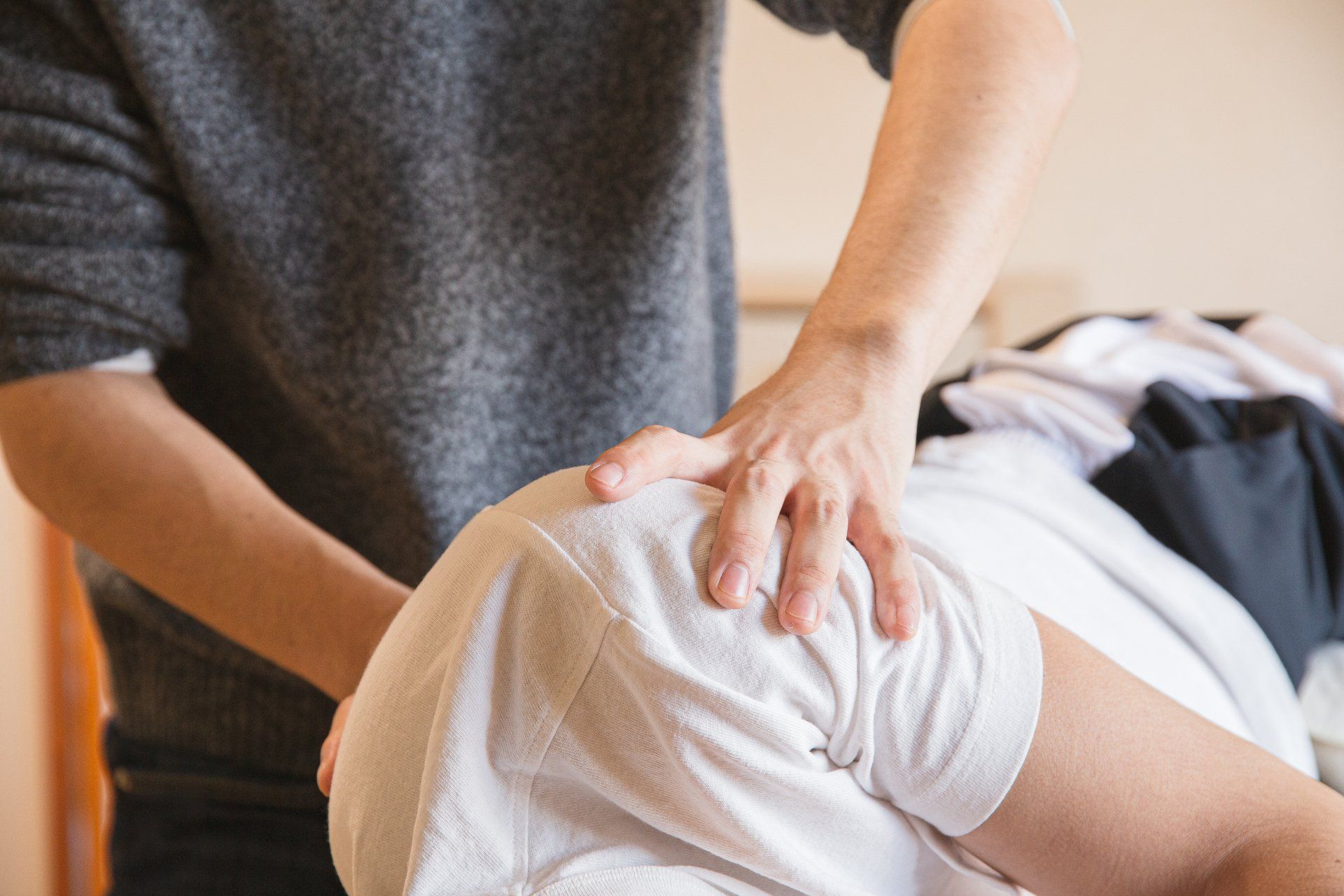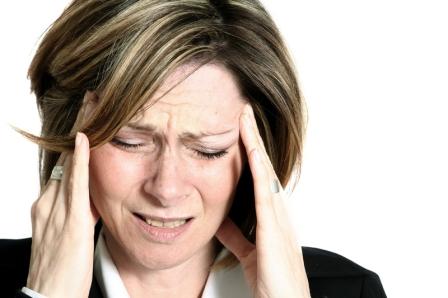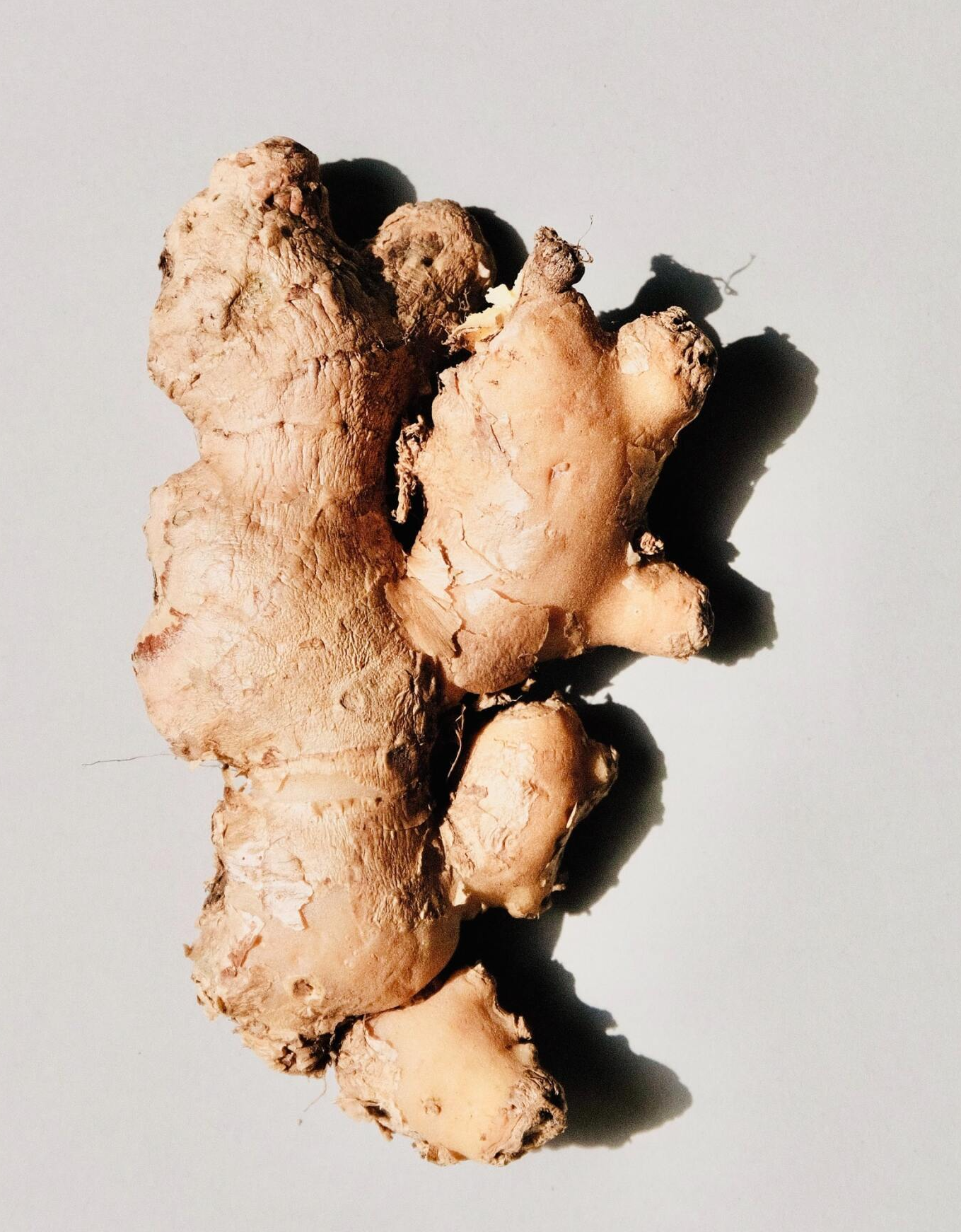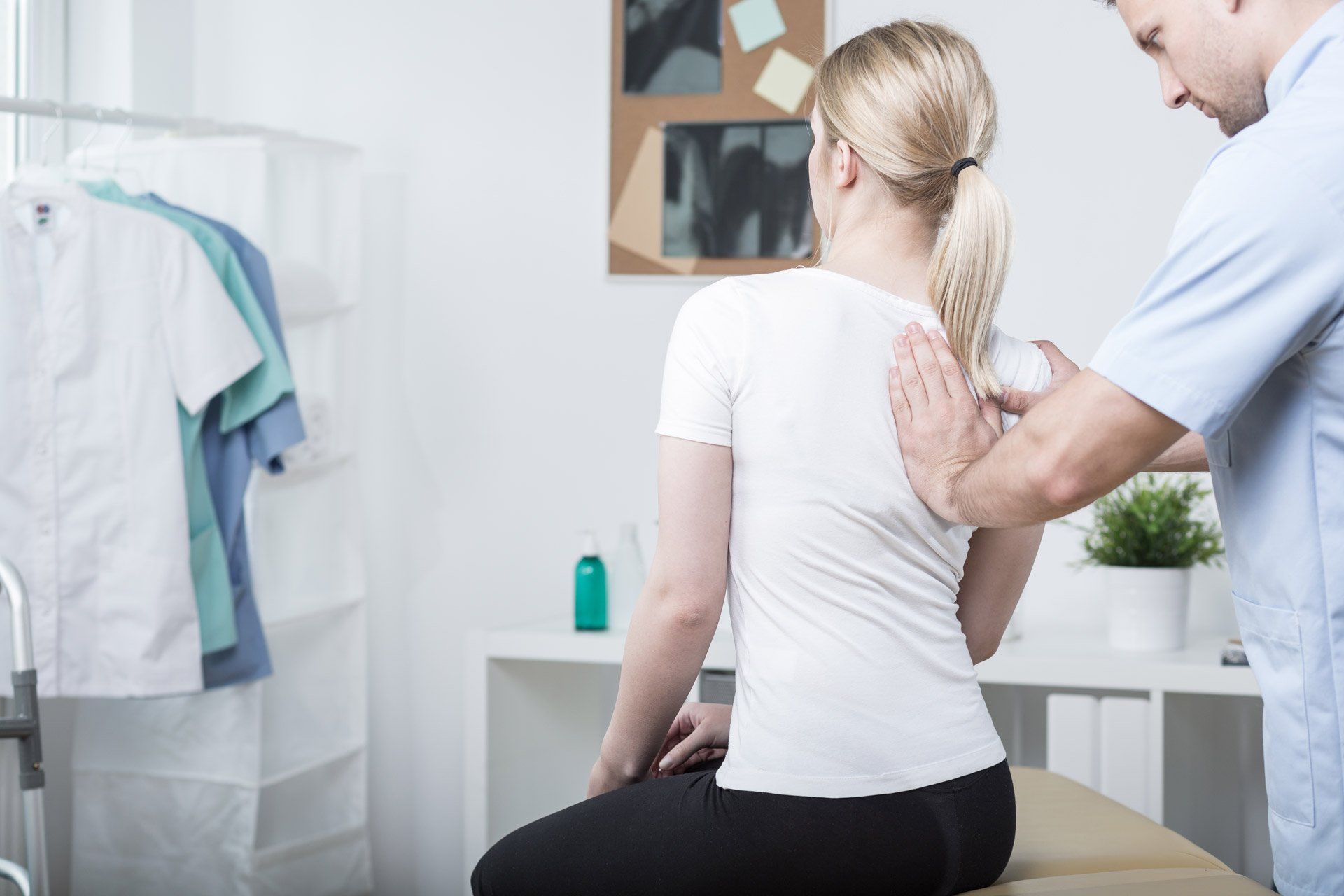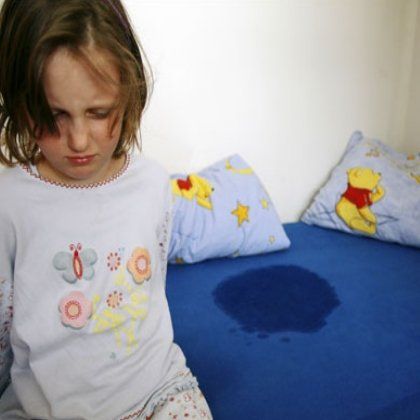Backpacks and Back Pain
- By lemaster@digitalproductsuite.com
- •
- 13 Sep, 2017

Did you know that the U.S. Consumer Product Safety Commission has previously reported that backpack-related injuries sent more than 7,000 people to the emergency room in one year's time? Today’s youth and teens are suffering more back pain then previous generations due to the disturbing trend of heavier and heavier backpacks. Some studies suggest that the longer a child wears a backpack, the longer it takes for a curvature or deformity of the spine to correct itself. The problem has become so widespread; in fact, that some states have passed legislation that would force school districts to develop ways of reducing the weight of students' backpacks.
As parents there are a few things we can do to minimize the damage backpacks cause on our children. A child should never carry more than 5 to 10% of their body weight on their back. When a bag becomes too heavy, the child will bend forward slightly to try and counterbalance the weight on the shoulders. This posture results on compression on the spine.
A backpack should never hang more than four inches below the waistline. A backpack that hangs too low increases the weight on the shoulders, causing your child to lean forward when walking. Children should wear both shoulder straps. Wearing a pack with one strap can cause a disproportionate shift of weight to one side, leading to neck and muscle spasms, as well as low-back pain. The shoulder straps should be adjustable so the backpack can be fitted to your child's body. Straps that are too loose can cause the backpack to dangle uncomfortably and cause spinal misalignment and pain.
If after all that adjusting you still find the pack is too heavy for your child, speak with their teacher. Perhaps some of the heaviest books can be left at school. If you or your child experiences any pain or discomfort resulting from backpack use, consider visiting us. Besides a gentler type of treatment for children we can also prescribe exercises designed to help children develop strong muscles, along with instruction in good nutrition, posture and sleeping habits.

